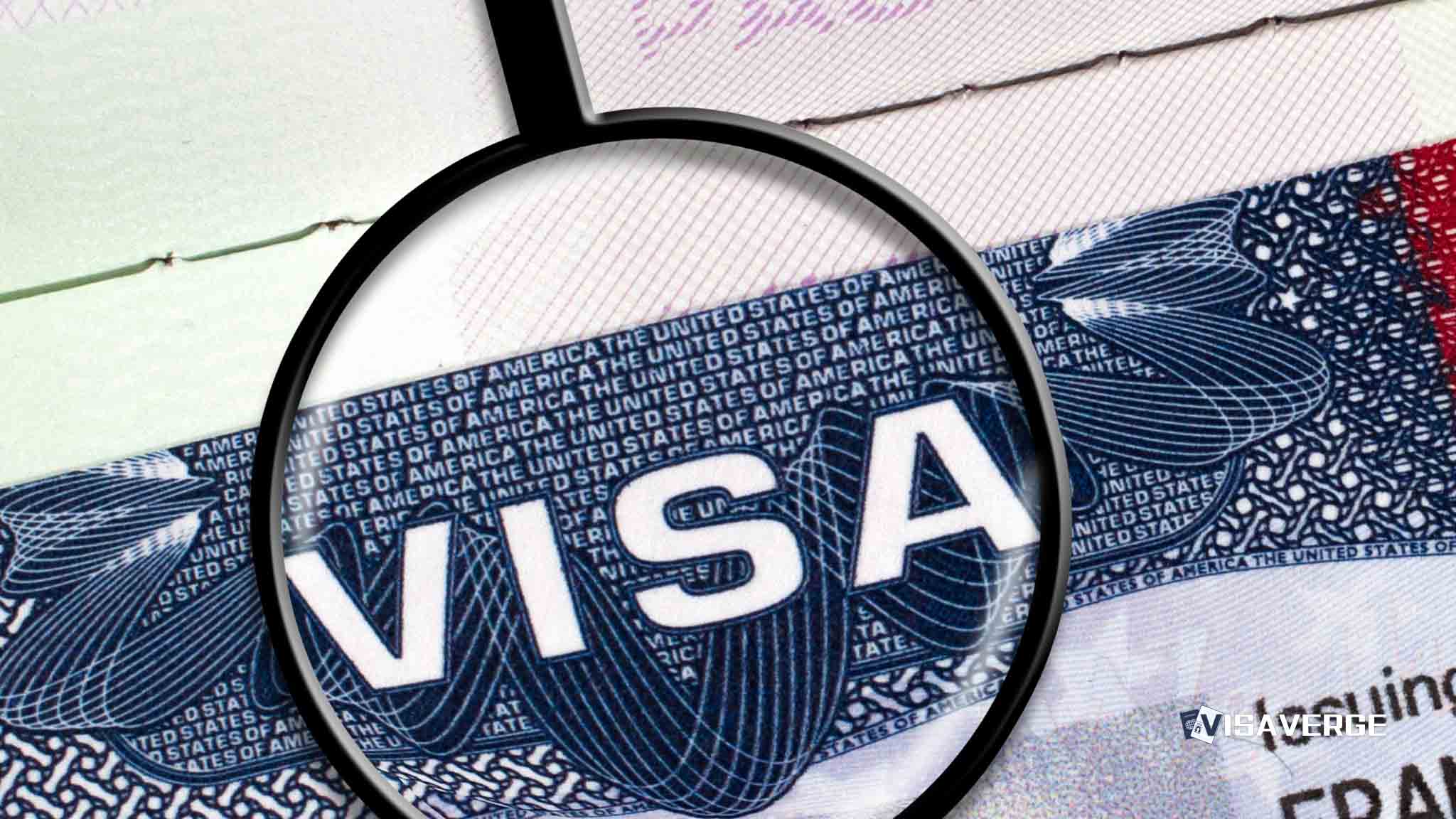What Will the New Cost Be for U.S. Citizenship After April 1?
More than 9 million legal permanent residents are currently eligible to apply for U.S. citizenship but haven’t taken the step yet. It’s important for them to note that, according to the Office of Homeland Security Statistics, the U.S. citizenship cost is set to rise significantly. Starting April 1, the application fee to naturalize will see an increase of up to 19%.

Why is the Naturalization Fee Increasing?
The current naturalization fee, paid alongside form N-400, stands at $640 for a paper application or $725 when including the biometrics fee. Yet, this amount will jump to $760 come April 1. This adjustment is part of a broader set of changes in the fee for immigration benefits, as detailed in a fee table published in the Federal Register.
This fee increase isn’t as steep as the one proposed during the Trump administration, which advocated for a more than 80% hike to $1,170 and discontinued fee waivers for certain vulnerable populations. The spike was blocked by a federal judge, highlighting USCIS’ lack of adequate notice and opportunity for public comment.
How Will Green Card Applicants Be Affected?
For those looking to move from a tourist visa to legal permanent residency, the financial implications are also noteworthy. As Xiao Wang of Boundless Immigration points out, after April 1, the costs will increase substantially from $1,760 to $3,005 due to a series of form fees that were previously waived under certain circumstances. However, there is a silver lining: eligibility for fee reductions has expanded to include individuals earning below 400% of the federal poverty guideline – a significant bump up from the 200% threshold.
Can Families Afford the New Naturalization Fees?
Given that each family member must pay their separate application fee, the cumulative cost can be burdensome. “You have a multiplier, and it adds up quite a bit,” explains immigration attorney Hector Quiroga. This is one of the reasons why some families may find themselves priced out of the naturalization process, despite their eligibility and desire to solidify their status in the United States.
Will Higher Fees Translate to Better Services at USCIS?
USCIS states that the fee adjustment is intended “to fully recover costs and maintain adequate service.” Although the fees have remained stable since 2016, they are a critical revenue source for USCIS, which is primarily funded by such payments and does not regularly receive congressional appropriations. The agency justified the increase by citing its provision of free services to refugees and asylum-seekers, and the need to manage a record number of nearly 11 million benefit applications in fiscal 2023.
Still, there’s a clear expectation from stakeholders like the American Immigration Lawyers Association for the fee hikes to correlate with improvements in processing times and customer service. As the agency received a record number of applications for benefits, many are hoping that the additional funds will expedite the application process and improve transparency and efficiency in case adjudications.
What Does the Path to U.S. Citizenship Involve?
To qualify for U.S. citizenship, legal permanent residents must generally wait three to five years post-green card issuance, a prerequisite eligibility period. However, processing times for the naturalization application vary by location, and applicants also need to meet other residency and moral standards. Additionally, they may be required to clear language and civics testing.
Holders of a legal permanent residency status can apply for citizenship, a process that was expedited by USCIS in fiscal 2023 to an average wait of six months from a prior ten-and-half-month period. However, these waiting periods can greatly vary, with some areas like Cleveland clocking in at five months and others like Minneapolis at eight months.
When Can a New Citizen Vote?
The timing of naturalization is significant; for those who manage to have their applications processed in under six months, participating in the 2024 presidential election is a possibility. Nonetheless, voter registration timelines differ among states, and factors like dual citizenship considerations or the potential need to renounce original nationality can impact the decision to apply for U.S. citizenship.
Is Now the Time to Apply for U.S. Citizenship?
“In the context of the current heightened rhetoric around immigration,” Quiroga cautions, it’s advisable for eligible permanent residents to “advance their legal position as much as possible.” This sentiment is echoed by others in the immigration sphere who stress the importance of securing one’s status amidst unpredictable policy shifts and a climate of increasing “anti-immigrant rhetoric.”
Conclusion
In light of the imminent fee increases, eligible legal permanent residents contemplating U.S. citizenship should weigh the financial implications against the potential benefits and security citizenship provides. Although the cost to naturalize will rise, taking action before April 1 could save applicants a considerable amount of money and safeguard their status in a changing policy landscape.
Remember, while the naturalization fee increase might be set in stone, understanding and navigating the immigration system doesn’t have to be a solo journey. Expunged charges and green card representation, for example, is a complex facet of immigration law that professionals can assist with.
For those interested in reading further about the upcoming fee changes, visit our detailed articles on the U.S. immigration and naturalization fees set to increase in April 2023 and USCIS’ finalized fee adjustments. These resources provide in-depth insights into what these fee changes mean for you and how to plan accordingly.
This Article In A Nutshell:
The naturalization fee for U.S. citizenship is increasing by up to 19% from April 1. This surge in cost affects green card holders and families applying together. USCIS indicates the rise will enhance service quality. Eligible permanent residents should consider applying before April to save money and secure their status in the U.S.













